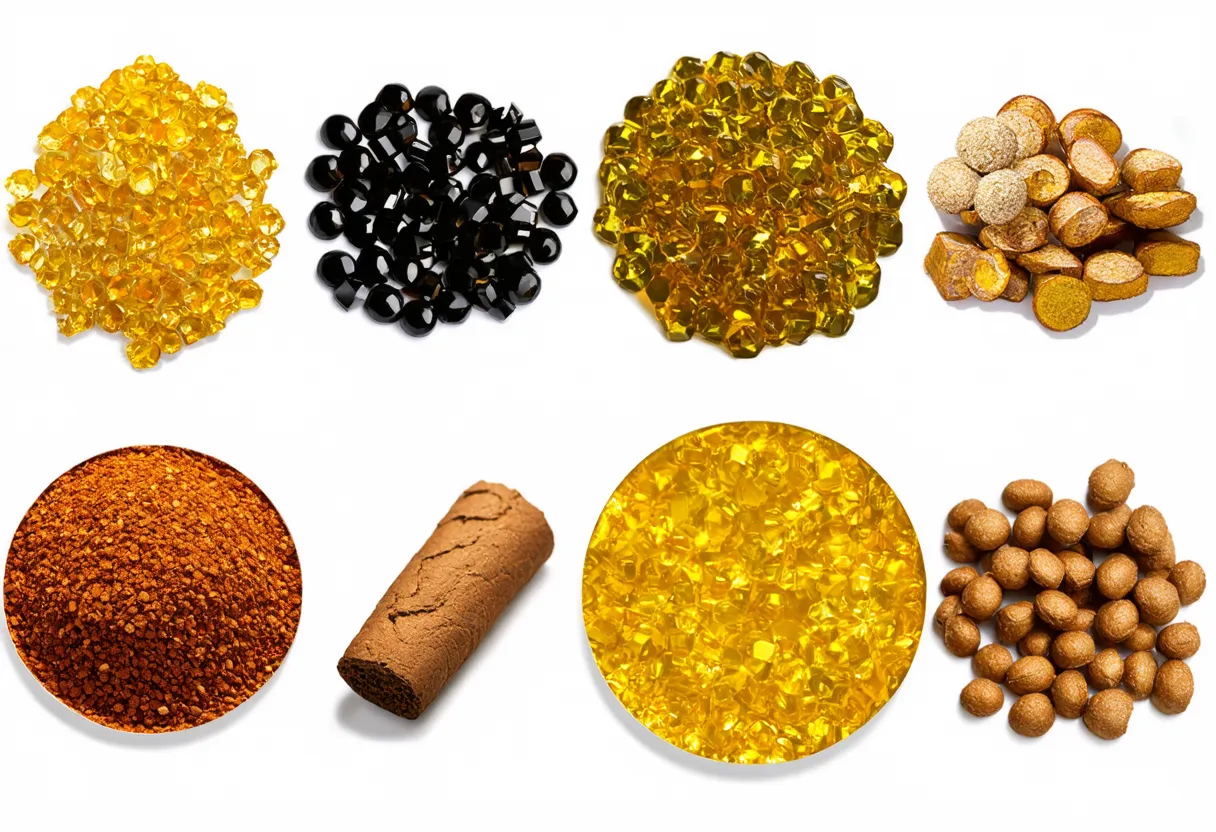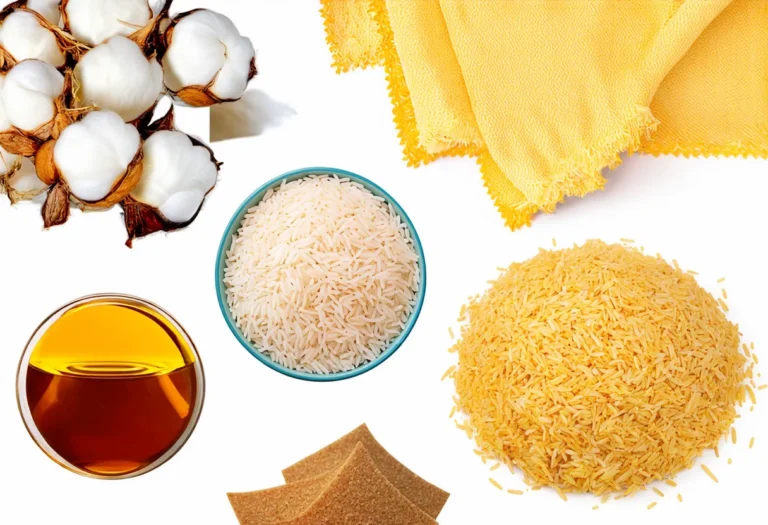Aruba, with a population of 106,445, is ranked 176th in population size, just behind Tonga. Located in the Caribbean, it covers 180 square kilometers, ranking 182nd in size, just below the Marshall Islands.
In 2022, Aruba’s GDP stood at $3,544,707,788.05, ranking it 160th globally. It follows Suriname, whose GDP is $3,620,987,993.33. Aruba’s GDP per capita for the same year is $33,300.84, placing it 34th worldwide. Japan is ahead in this aspect with a GDP per capita of $34,017.27.
Aruba’s economic position reflects steady growth and stability, with a focus on sectors such as tourism and energy contributing significantly to its overall economic performance. The country continues to attract investment and diversify its economy, positioning itself as a competitive player in the global market.
What are the economic activities of Aruba?
- Primary activities: 0.4% of GDP.
- Secondary activities: 33.3% of GDP.
- Tertiary activities: 66.3% of GDP.

Primary Sector of Aruba
Aruba’s primary sector, particularly agriculture, benefits from its arid climate and diverse natural resources. With 11.11% of the land dedicated to agriculture, the country produces a variety of crops and animal products including aloes, livestock, and fish. Despite contributing only 0.4% to the GDP, agriculture plays a vital role in the economy.
The sector provides local employment, sustains traditional practices, and ensures food security. The array of agricultural products highlights the sector’s importance, showcasing the country’s ability to harness its resources for economic sustainability.
Aruba’s geological diversity, characterized by white sandy beaches, fosters a thriving tourism sector, a primary natural resource that drives the economy. The country’s primary sector relies heavily on tourism due to its stunning beaches, attracting visitors from around the world and contributing significantly to the national income.
Secondary Sector of Aruba
What is the secondary sector or what are secondary activities?
The secondary sector comprises industries that transform raw materials from primary activities into finished goods for consumption. In Aruba, the main industrial product is oil refining, a crucial process that converts crude oil into various petroleum products for domestic use and export.
Manufactures in Aruba’s total exports are relatively insignificant, accounting for only 21.85% in 2023, indicating a heavy reliance on other sectors for economic growth and stability.
Tertiary sector of Aruba
What is the tertiary sector or what are tertiary activities?
The tertiary sector, also known as the service sector, involves intangible goods like attention, advice, and expertise. In Aruba, the main tertiary activities include restaurants, healthcare and medical care, education and training, banking and finance, communication and information exchange, tourism and hospitality, and transportation and logistics. These services contribute significantly to the economy by enhancing productivity and meeting the needs of both consumers and businesses.
In particular, Aruba’s tourism industry is a vital economic pillar, contributing significantly to its GDP. With an impressive 1,951,000 annual arrivals, surpassing its population 18 times, the island’s allure lies in its pristine beaches and vibrant culture. Palm Beach and Eagle Beach rank among the most popular destinations, renowned for their idyllic white sands and turquoise waters.
Another example of tertiary economic activity is the mobile cellular sector, with 141,000 subscriptions, supporting technological growth. With 132 subscriptions per 100 inhabitants, it fosters connectivity and innovation.
International Trade of Aruba
Import Activities of Aruba

Aruba’s import activities are of high importance, with total imports in 2023 amounting to 77.33% of its GDP.
Aruba’s key import activities include refined and crude petroleum, tobacco, jewelry, and various food items. The country’s top import partners are the US, Netherlands, Guyana, Colombia, and China, with the US accounting for 39% of imports.
Exports Activities of Aruba

Aruba’s export activities are of high importance, accounting for 83.12% of its GDP in 2023, totaling $111,004,913.519. This signifies a crucial role in the country’s economic stability and growth.
Aruba’s export activities are diversified, with key partners like Colombia, US, Jordan, Guyana, and Netherlands. The country exports tobacco, liquor, refined petroleum, scrap iron, and orthopedic appliances.
Aruba economy challenges
Aruba faces challenges in 2024 with a small, tourism-dependent economy. High public debt and the impact of COVID-19 have crippled economic activity. A partial recovery is seen through tourism, but the country is also considering reopening its oil refinery to boost its economy.




Leave a Reply